TLDR
To get rid of tree roots in a sewer line, use a combination of mechanical removal methods like augering or hydro jetting, and chemical root killers such as copper sulfate or foaming treatments. For severe damage, trenchless pipe repair or full replacement is required.
Understanding Why Tree Roots Invade Sewer Lines
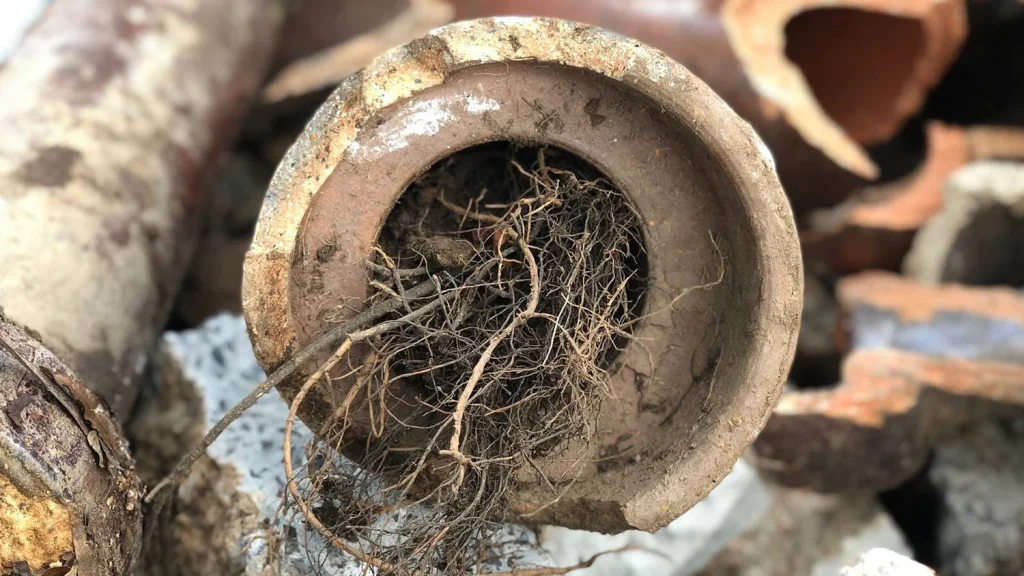
Tree roots enter sewer lines because they are drawn to moisture and nutrients leaking from tiny cracks or joints in pipes. Once inside, roots expand and cause blockages.
Why roots grow toward sewer pipes
Roots search for water. Sewer pipes provide a constant supply of moisture and nutrients. Even the smallest crack or joint can attract aggressive root growth.
Common pipe types affected
- Clay pipes: highly vulnerable due to porous surfaces
- Cast iron pipes: stronger, but joints still allow intrusion
- PVC or HDPE: more resistant, though poorly sealed joints remain at risk
Signs of Tree Roots in Sewer Line
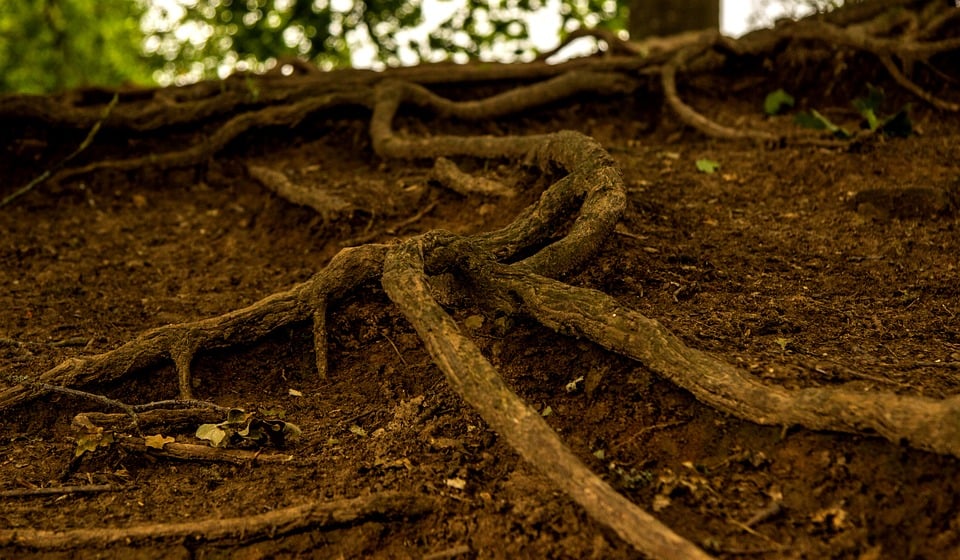
Recognizing symptoms early prevents costly damage.
Slow drains and recurring clogs
If your sinks or toilets drain slowly even after cleaning, roots may be inside your line.
Gurgling sounds and foul odors
Air pockets form when roots trap waste, leading to gurgling noises and sewer gas smells.
Sewage backup inside home
Wastewater backing up into tubs, showers, or toilets is one of the most serious warning signs.
Green patches in the yard or sinkholes
Excess moisture escaping from broken pipes creates lush patches of grass or small sinkholes.
DIY Methods to Remove Tree Roots From Sewer Pipes
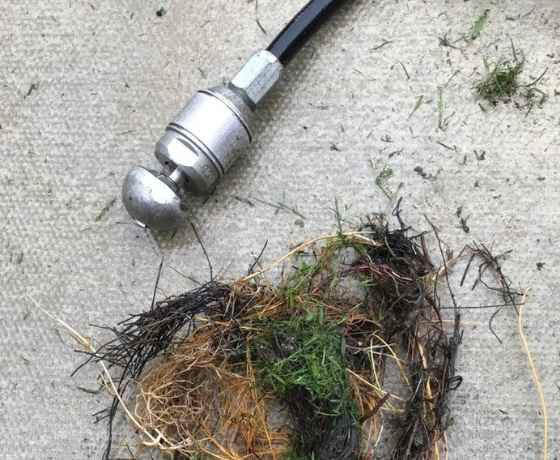
For minor blockages, some homeowners try DIY solutions before calling professionals.
Using copper sulfate or rock salt as root killers
- Copper sulfate crystals are flushed down the toilet. They poison roots inside pipes.
- Rock salt works by dehydrating roots, though results are slower.
- Both need repeated applications and do not fix broken pipes.
Mechanical augers and root cutting tools
- A drain auger or sewer snake cuts through root blockages.
- Machines can be rented, but improper use risks damaging pipes.
Hydro jetting for aggressive root removal
- High-pressure water blasts roots from pipe walls.
- More effective than augers, but usually requires a professional.
Professional Solutions for Tree Root Removal
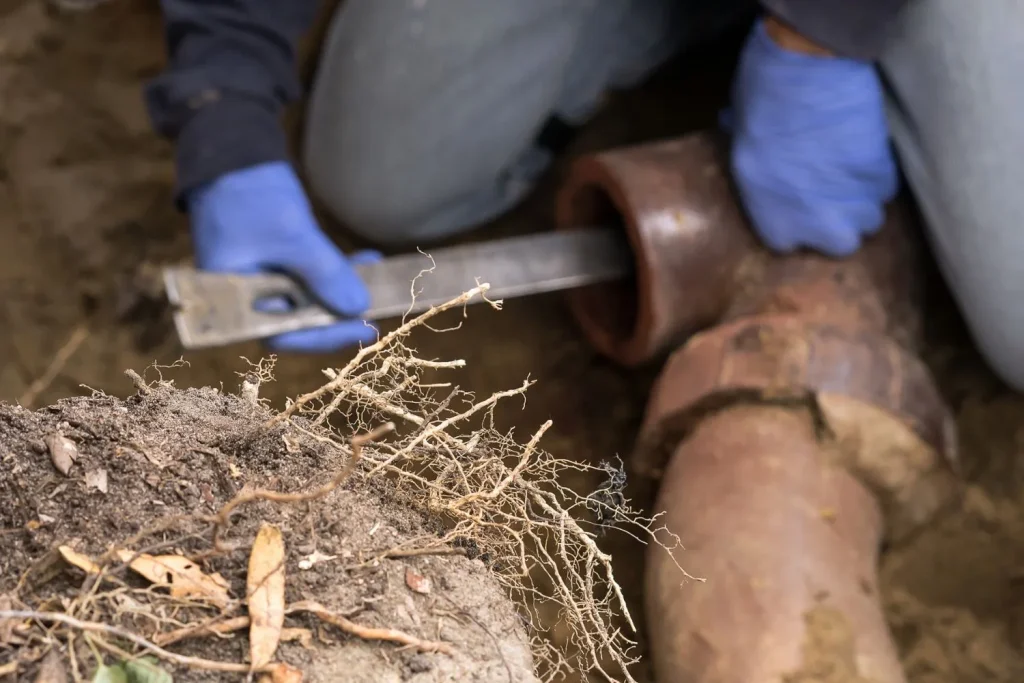
DIY fixes help temporarily, but professional methods ensure long-term results.
Sewer camera inspection before treatment
A small camera is inserted to locate root intrusion, measure severity, and guide repair options.
Hydro jetting and mechanical root cutting
Plumbers use industrial equipment to fully clear roots and debris.
Trenchless repair methods
- Pipe lining: installs a resin-coated liner that hardens inside the old pipe
- Pipe bursting: breaks the old pipe while pulling in a new one
- Both avoid digging up the yard and provide long-term protection
Full sewer line replacement when necessary
If damage is extensive, a full replacement is unavoidable. In some cases, the intrusion is so severe that clearing roots only provides short-term relief, making it the right time to replace a sewer line rather than continue temporary fixes.
- Minor repairs: $200 to $1,000
- Hydro jetting or camera inspections: $300 to $800
- Trenchless repairs: $3,000 to $7,500
- Full replacement: $8,000 to $15,000
Sewer Solutions provides complete root removal services using all modern methods.
Preventing Tree Roots From Returning
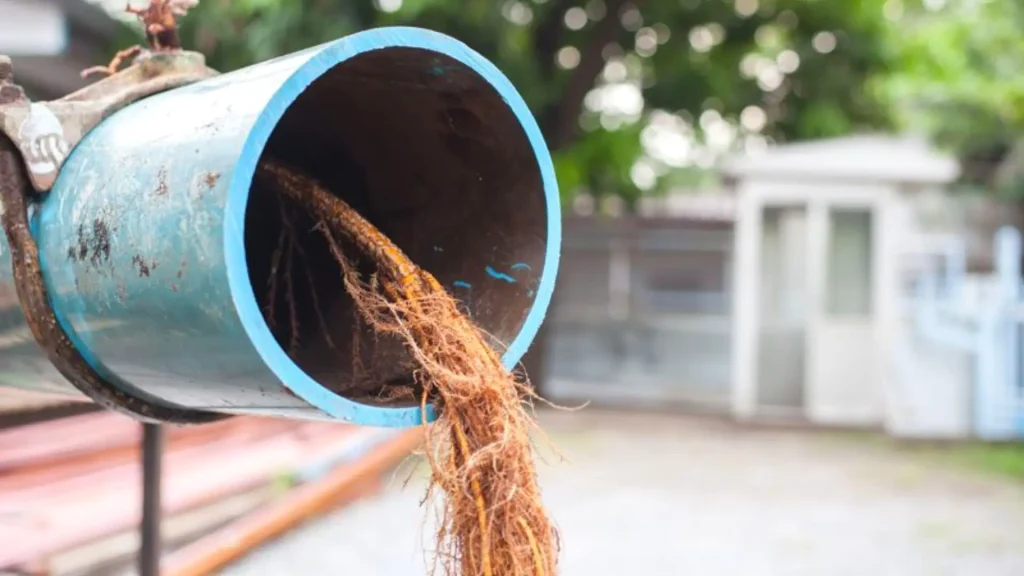
Pipe material upgrades
Replacing clay or cast iron with PVC or HDPE reduces root risk.
Root barriers and landscaping strategies
- Install root barriers between trees and sewer lines
- Avoid planting willows, oaks, or maples near pipes
Regular maintenance and annual inspections
Annual inspections with a camera catch problems before they escalate.
Using foaming root killers as preventive measure
Foaming treatments coat the inside of pipes and kill small roots before they grow back.
Cost of Removing Tree Roots From Sewer Lines
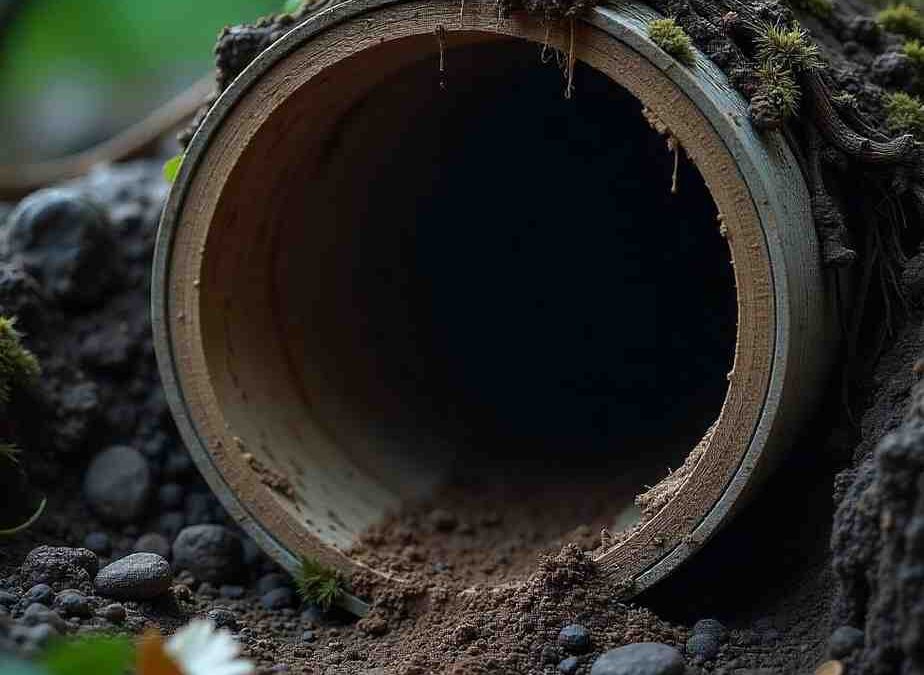
Average cost of root removal
- DIY chemical root killers: $20 to $100
- Mechanical auger rental: $75 to $200 per day
- Professional hydro jetting: $300 to $1,000
Cost of trenchless vs traditional excavation
- Trenchless lining: $3,000 to $7,500
- Pipe bursting: $4,000 to $10,000
- Traditional dig-and-replace: $8,000 to $15,000
Does homeowners insurance cover tree root damage
Most policies exclude root intrusion, but coverage may apply if damage causes interior flooding. Always confirm with your insurer.
When to Call a Plumber vs DIY Root Removal
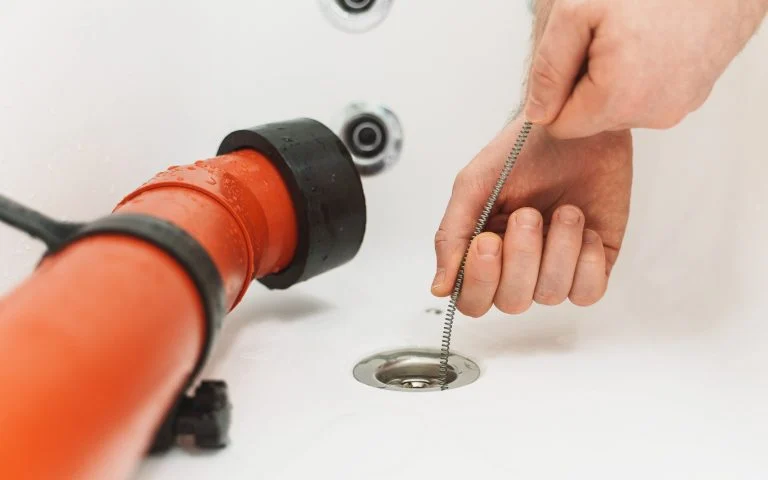
Safety considerations with chemicals
Copper sulfate and similar chemicals are toxic. They require protective gear and can damage septic systems.
How to know when damage is too severe
If backups continue after DIY attempts, professional help is necessary. Multiple clogs, foul odors, or interior flooding signal structural damage.
Sewer Solutions advises calling a licensed plumber if you notice recurring issues.
FAQs About Tree Roots in Sewer Lines
Can tree roots permanently damage sewer pipes?
Yes. Roots expand cracks, collapse pipes, and lead to costly replacement.
What is the fastest way to kill tree roots in pipes?
Hydro jetting is the fastest method. Chemicals take longer.
How often should I inspect my sewer line for roots?
Annual inspections are recommended, especially if you have older pipes.
Will insurance pay for sewer line root removal?
Most insurance policies exclude root intrusion unless it causes a covered peril.
What trees are most likely to invade sewer lines?
Willows, oaks, maples, and poplars are high-risk due to aggressive root systems.
Are PVC pipes safe from root intrusion?
PVC is more resistant than clay or cast iron, but poorly sealed joints remain vulnerable.
Sewer Line Repair Services with Sewer Solutions
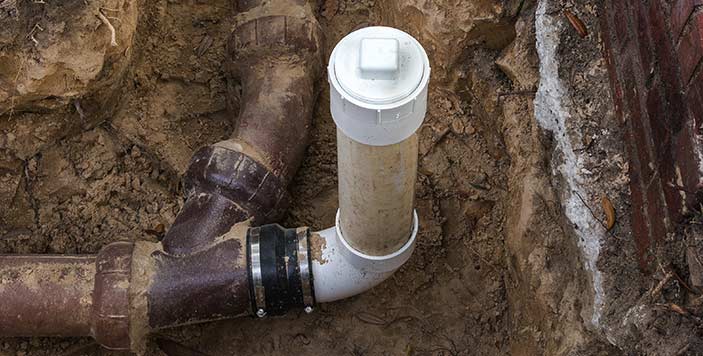
Sewer Solutions provides:
- Sewer camera inspections
- Hydro jetting and root cutting
- Trenchless pipe repair and replacement
- Preventive maintenance programs
We help homeowners and businesses restore sewer systems quickly and prevent future damage.